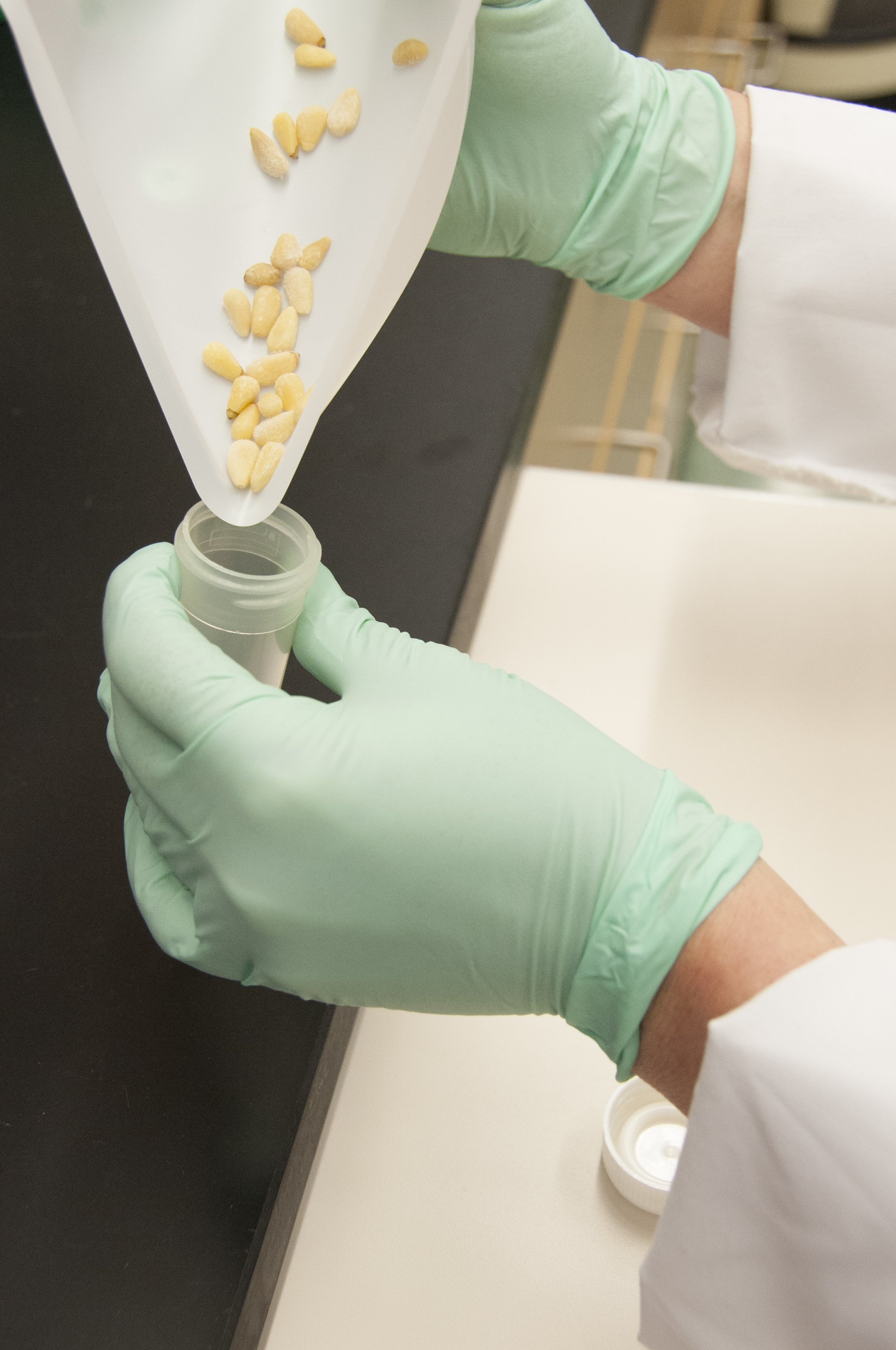Difference between revisions of "User:Shawndouglas/sandbox/sublevel12"
Shawndouglas (talk | contribs) |
Shawndouglas (talk | contribs) |
||
| Line 2: | Line 2: | ||
==6. Closing remarks== | ==6. Closing remarks== | ||
[[File:FDA Center for Food Safety & Applied Nutrition (CFSAN) 6565 (8754816839).jpg|right|250px]]The food and beverage industry is similar to other industries in that a product is grown, developed, or processed and distributed to consumers who desire the product. However, the food and beverage industry is, well, vital to humanity, just as the agriculture industry is: we need safe, quality foods and beverages to maintain our existence. The focus on safety and quality was not always there, but with expanding scientific understanding and a realization that contaminated food and water systems were killing people, standards and regulations came into existence. With those standards and regulations came the necessary enforcement bodies, like the U.S. Food and Drug Administration (FDA) and the Food Safety Commission of Japan. And from that came the need for laboratory analyses to better meet those standards and regulations. | [[File:FDA Center for Food Safety & Applied Nutrition (CFSAN) 6565 (8754816839).jpg|right|250px]]The food and beverage industry is similar to other industries in that a product is grown, developed, or processed and distributed to consumers who desire the product. However, the food and beverage industry is, well, vital to humanity, just as the agriculture industry is: we need safe, quality foods and beverages to maintain our existence. The focus on safety and [[Quality (business)|quality]] was not always there, but with expanding scientific understanding and a realization that contaminated food and water systems were killing people, standards and regulations came into existence. With those standards and regulations came the necessary enforcement bodies, like the [[Food and Drug Administration|U.S. Food and Drug Administration]] (FDA) and the Food Safety Commission of Japan. And from that came the need for [[laboratory]] analyses to better meet those standards and regulations. As the food and beverage system became more complex, a need for more automated computer systems became apparent, and solutions like the [[laboratory information management system]] (LIMS) and [[laboratory execution system]] (LES) began filling the gaps. | ||
Today, the LIMS and other [[Informatics (academic field)|informatics]] solutions are increasingly important to food and beverage producers, as well as safety inspectors and third-party labs serving the industry. However, a generic LIMS won't do. This guide has highlighted that fact and identified what base and specialty characteristics such a LIMS requires in order for food and beverage labs to gain the strongest advantage in meeting their safety and quality goals. But selecting a LIMS isn't only about having the best features; concerns about [[cybersecurity]], [[regulatory compliance]], system flexibility, and cost, as well as a need for a robust user requirements specification (URS) must be addressed. Various chapters of this guide have addressed these concerns and needs, while also offering a well-researched, robust URS in the form of LIMSpec to food and beverage laboratories seeking a LIMS. Built on more than 130 standards, regulations, and guidance documents, the LIMSpec for food and beverage labs gives prospective LIMS buyers an additional tool in their search for a LIMS to improve the food safety and quality goals of their organization. | |||
==References== | ==References== | ||
{{Reflist|colwidth=30em}} | {{Reflist|colwidth=30em}} | ||
Revision as of 18:03, 9 December 2022
6. Closing remarks
The food and beverage industry is similar to other industries in that a product is grown, developed, or processed and distributed to consumers who desire the product. However, the food and beverage industry is, well, vital to humanity, just as the agriculture industry is: we need safe, quality foods and beverages to maintain our existence. The focus on safety and quality was not always there, but with expanding scientific understanding and a realization that contaminated food and water systems were killing people, standards and regulations came into existence. With those standards and regulations came the necessary enforcement bodies, like the U.S. Food and Drug Administration (FDA) and the Food Safety Commission of Japan. And from that came the need for laboratory analyses to better meet those standards and regulations. As the food and beverage system became more complex, a need for more automated computer systems became apparent, and solutions like the laboratory information management system (LIMS) and laboratory execution system (LES) began filling the gaps.
Today, the LIMS and other informatics solutions are increasingly important to food and beverage producers, as well as safety inspectors and third-party labs serving the industry. However, a generic LIMS won't do. This guide has highlighted that fact and identified what base and specialty characteristics such a LIMS requires in order for food and beverage labs to gain the strongest advantage in meeting their safety and quality goals. But selecting a LIMS isn't only about having the best features; concerns about cybersecurity, regulatory compliance, system flexibility, and cost, as well as a need for a robust user requirements specification (URS) must be addressed. Various chapters of this guide have addressed these concerns and needs, while also offering a well-researched, robust URS in the form of LIMSpec to food and beverage laboratories seeking a LIMS. Built on more than 130 standards, regulations, and guidance documents, the LIMSpec for food and beverage labs gives prospective LIMS buyers an additional tool in their search for a LIMS to improve the food safety and quality goals of their organization.










